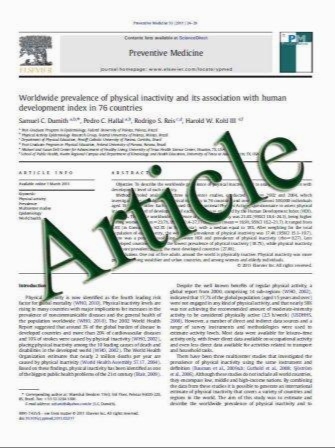Pulmonary Arterial Hypertension: What the Large Pulmonary Arteries Tell Us
- نوع فایل : کتاب
- زبان : انگلیسی
- مؤلف : Thomas J. Kulik • Renee L. Clark • Babar S. Hasan • John F. Keane • Daniel Springmuller • Mary P. Mullen
- چاپ و سال / کشور: 2011
Description
The morphology of the large intrapulmonary arteries (PAs) in pulmonary hypertension (PH) has received limited attention. Dilation, pruning, abrupt tapering, and tortuosity of PAs occur, but whether different patients have distinct PA phenotypes is unknown. Pulmonary arteriograms from 41 pediatric patients with PH were blindly reviewed by four experts who assigned each angiogram one of three designations: straight (S), tortuous (T), or ambiguous (A). Hemodynamic variables and outcomes were compared to the phenotypes. Thirty patients were either T (19) or S (11); 11 were A. The phenotypes were not associated with age. Tortuous patients had higher PA pressure and resistance than the S group and less likely to react to inhaled nitric oxide than S patients (p\0.05). Clinical outcomes were similar for the three groups. Thus, in PH patients two subtypes of PA morphology can often be discerned, a reflection of variability in PA tortuosity. These morphological subtypes have differing hemodynamic characteristics. The mechanism(s) underlying these differences is unknown, but neither hydrodynamic factors nor duration of PH are fully explanatory. Because PA morphology might reveal information regarding the biology of pathological remodeling, it might prove enlightening to assess the large PA phenotype in future studies of PH.
Pediatr Cardiol (2011) 32:759–765 DOI 10.1007/s00246-011-9963-2 Received: 1 December 2010 / Accepted: 16 March 2011 / Published online: 1 April 2011


